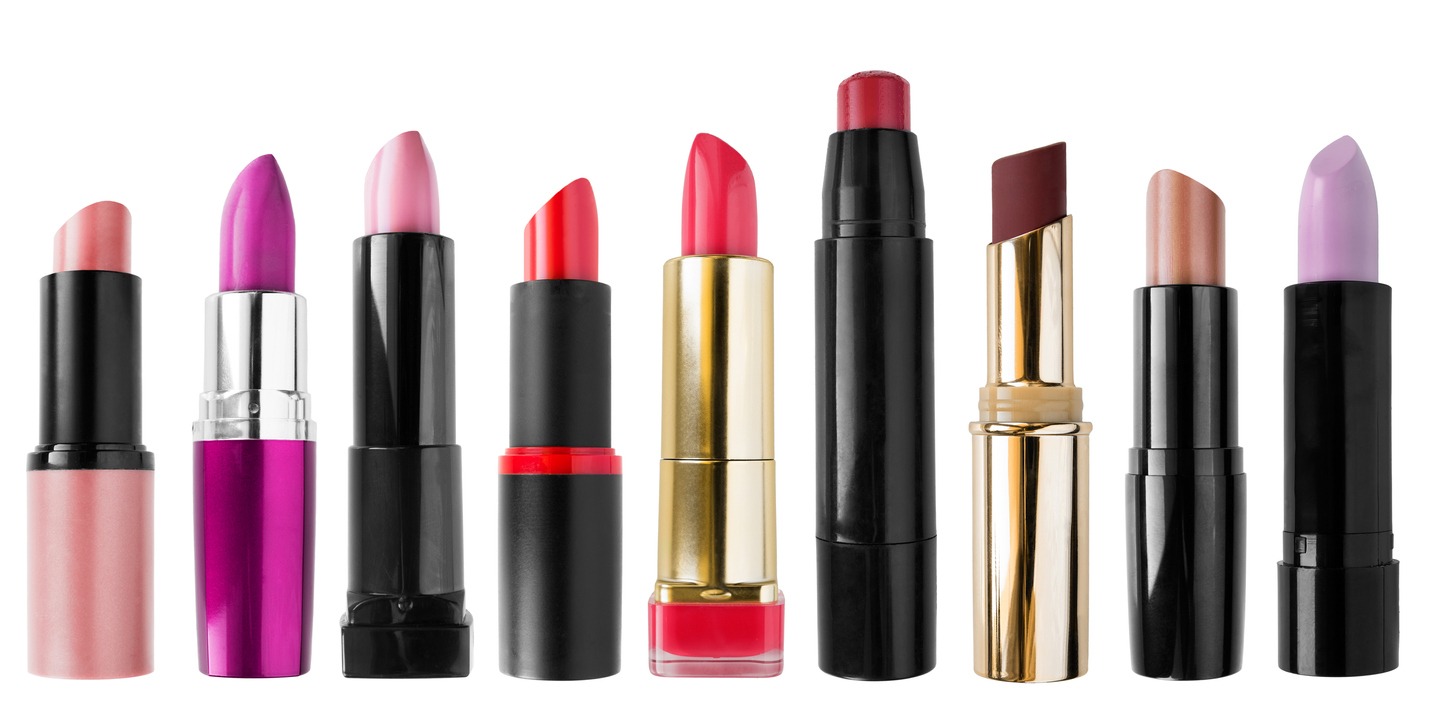Beauty products are becoming a lot more common nowadays, and various brands are introducing different products to make your face clearer and smoother. Lipstick is one of the most common beauty products used today; it is simple to use and makes the lips appear more radiant. Depending on the color you choose, lipsticks help you achieve that colorful glow.
When it comes to our beauty products, we want to know that we’re using something that is going to be good for us. Unfortunately, this is not always the case. Many lipsticks contain ingredients that can cause allergic reactions in some people. Using these harmful ingredients could lead to adverse effects instead of beautifying the face.
That’s why it’s essential to know the ingredients in the lipstick you use. Thankfully, we’ll look into the most common allergens found in lipsticks and what you can do to avoid them.
Common Allergens Found in Lipstick
The most common allergen found in lipstick is lanolin. Lanolin is a type of oil that is derived from sheep wool. It’s often used as a base or emollient in various cosmetics, including lipsticks. While it can help to make the lips soft and smooth, it can also cause an allergic reaction in some people. The symptoms of a lanolin allergy include redness, swelling, and itchiness of the lips.
Another common allergen found in lipstick is propylene glycol. Propylene glycol is a type of alcohol that is used as a humectant or moisture-binding agent. It helps to keep the lips hydrated and prevents the lipstick from drying out. However, it can also cause an allergic reaction in some people. The symptoms of a propylene glycol allergy include redness, swelling, and itchiness of the lips.
Moreover, the fragrance is another ingredient that is often found in lipsticks. The fragrance is used to give the lipstick a pleasant smell. However, it can also cause an allergic reaction in some people. The symptoms of a fragrance allergy include redness, swelling, and itchiness of the lips. If you experience these symptoms after using a new lipstick, it’s best to stop using it immediately and consult a doctor.
Allergic Reactions Caused by Lipsticks
As mentioned earlier, redness, swelling, and itchiness are the most common allergic reactions caused by lipsticks. These symptoms are usually mild and will go away on their own within a few days. However, in some cases, the symptoms may be more severe. If you experience any of the following symptoms, it’s best to consult a doctor immediately:
- Shortness of breath
- Wheezing
- Difficulty swallowing
- Hives
- Swelling of the face, lips, tongue, or throat
These are just some of the ingredients that can cause an allergic reaction in some people. It’s important to be aware of these allergens so that you can avoid them when choosing lipstick. There are many hypoallergenic lipsticks on the market that don’t contain any of these allergens. You can also try making your own lip balm at home with natural ingredients that are less likely to cause an allergic reaction.
What You Can Do To Avoid Allergic Reactions
If you’re allergic to any of the ingredients mentioned above, there are still plenty of hypoallergenic lipsticks that you can use. Hypoallergenic lipsticks are made with fewer ingredients and are less likely to cause an allergic reaction. When choosing a hypoallergenic lipstick, look for one that is fragrance-free and does not contain any of the common allergens mentioned above.
It’s also a good idea to do a patch test before using any new lipstick. To do a patch test, apply a small amount of lipstick on your inner wrist and wait 24 hours to see if you experience any adverse reactions. If you don’t experience any symptoms, it’s likely safe for you to use.
While allergic reactions to lipsticks are relatively rare, they can still happen. Knowing the ingredients in your lipstick and how to avoid them can help you minimize the risk of having an allergic reaction.
Different Types of Lipsticks
Now that we know the ingredients to avoid let’s take a look at the different types of lipsticks that are available.
Lipsticks can be divided into two main categories: matte and glossy. Matte lipsticks have a velvety finish and do not reflect light. They are often long-lasting and can help to make the lips appear fuller. On the other hand, glossy lipsticks have a shiny finish and reflect light. They are often more moisturizing than matte lipsticks but don’t last as long.
Within these two categories, there are various subcategories of lipsticks. For example, some lipsticks are specifically designed for people with sensitive skin. These lipsticks often contain fewer ingredients and are less likely to cause an allergic reaction. Other types of lipsticks include tinted lip balms, liquid lipsticks, and Lip plumpers.
Tinted lip balms are a type of lipstick that is designed to hydrate and protect the lips. They often contain SPF and can be used as a lip primer or base. Liquid lipsticks are another type of lipstick that is becoming increasingly popular. They have a long-lasting formula and often come in a variety of shades. Lip plumpers are a type of lipstick that is designed to make the lips appear fuller. They often contain ingredients like hyaluronic acid, which helps to hydrate the lips.
Final Thoughts
While allergic reactions to lipsticks are rare, they can still happen. Knowing the ingredients in your lipstick and how to avoid them can help you minimize the risk of having an allergic reaction. It’s important to be aware of the ingredients that can cause an allergic reaction so that you can choose hypoallergenic lipstick when necessary. There are many different types of lipsticks available, so you’re sure to find one that suits your needs.


